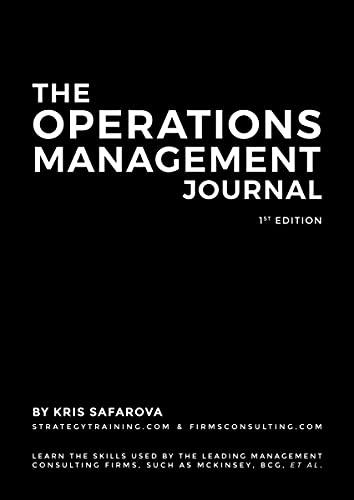Part 1 (10% of grade)- Individuals complete their common household item trades. Due by March 5th - planning early in the semester is necessary. You should watch the original red paper clip TED Talk (closed captions available) to see how the most successful trader thinks about key negotiation principles like understanding interests, prioritizing your interests, and finding integrative arrangements: https://www.youtube.com/watch?v=8s3bdVxuFBs. This was also satirized in the sitcom "The Office" clip which provides some insight into knowing your audience when trying to make these deals: http://economicsoftheoffice.com/all/?eps=7 19 Individuals should find a common, low-value, household item and attempt to trade it up for something bigger and better. Planning your original item is important! Do not simply pick an item without planning! You will then try to trade the subsequent items for something more valuable to you (or bigger or better). You can choose what object to start with - it must be something of modest value. If you are having difficulty coming up with a starting object, please post a question in the Questions/Comments and I will help you. You have two options for trades. Both options require 3 trade attempts. You should not tell the people with who you are trying to trade that this is an assigned project. You are not trading within your group and typically not with someone under age 18. Trades should not involve cash. This assignment is about face-to-face negotiations so at least two of the trades must be face-to-face. You may choose to use Facebook Marketplace or other similar wide audience markets for ONE of the trades, if you wish. It is not required but I find that some students enjoy the wide audience markets. If you chose this option, you must still only trade, you cannot sell or get a cash value. The two options available are: 1) Over the first half of the semester, you should attempt to trade a modest value item for something bigger and better. You must make at least three attempts to trade (you would attempt to trade your starting item (A) for a new item (B), item (B) for item (C), and item (C) for item (D) - you are not starting with 3 different items). Or, 2) Over the first half of the semester, you should attempt to trade a modest value item for an item that is bigger and better. For your second trade, you can choose to use the item you received to trade for a new item, or you can choose a second item of modest value to trade. For your third trade, you can choose to use either item you received in your first two trades, or you can use a third item of modest value. Either option requires three attempts to trade! Think about what you have learned about preparation before you choose your modest value item - who is the first person with who you are trying to negotiate? What are their interests? Does your item have value to them? Individuals will submit a writeup of their negotiation/trade process and outcomes - every group member will do this on their own. Individual writeups should be 1-2 pages 12 | Pag







